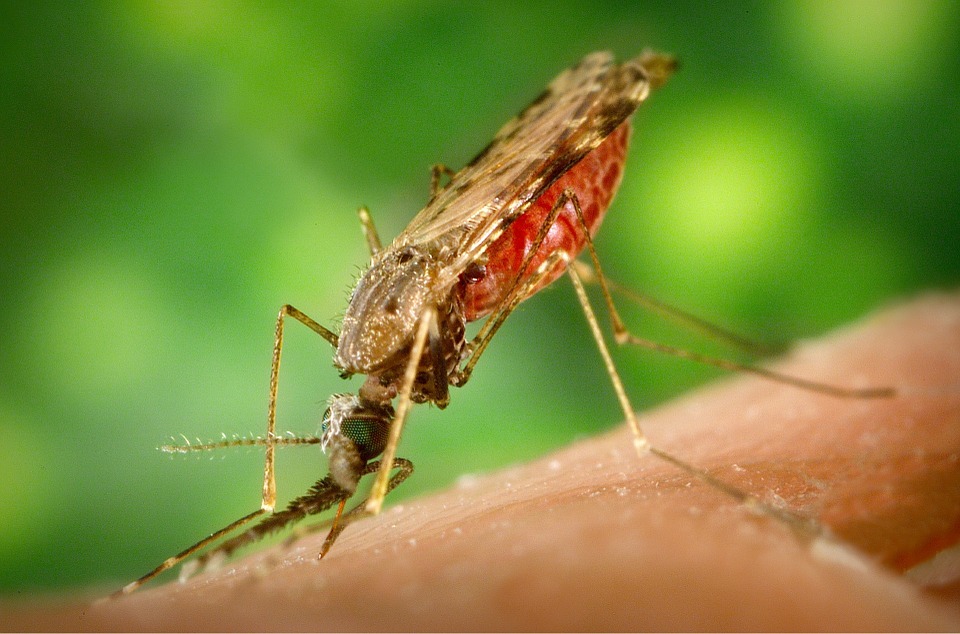The promise and peril of gene drives
By Briefing,
The Economist
| 11. 08. 2018
“I think I got it,” says Alekos Simoni with a grin, returning an electronic fly zapper called “The Executioner” to a nearby metal shelf. With a deft flick of his wrist he has done away with a genetically modified mosquito that was making a bid for freedom. There are many levels of containment to ensure such creatures do not leave this basement laboratory at Imperial College, London. But none, perhaps, quite so satisfying as The Executioner.
The extermination that the creatures in Mr Simoni’s lab are designed to take part in is less viscerally gratifying—but far more consequential. The mosquitoes are being fitted with a piece of dnacalled a gene drive. Unlike the genes introduced into run-of-the-mill genetically modified organisms, gene drives do not just sit still once inserted into a chromosome. They actively spread themselves, thereby reaching more and more of the population with each generation. If their effect is damaging, they could in principle wipe out whole species.
To engineer an extinction is quite a step. But it is not unprecedented. In 1980 Variola, the smallpox...
Related Articles
By Jenny Lange, BioNews | 12.01.2025
A UK toddler with a rare genetic condition was the first person to receive a new gene therapy that appears to halt disease progression.
Oliver, now three years old, has Hunter syndrome, an inherited genetic disorder that leads to physical...
By Rachel Hall, The Guardian | 11.20.2025
Couples are needlessly going through IVF because male infertility is under-researched, with the NHS too often failing to diagnose treatable causes, leading experts have said.
Poor understanding among GPs and a lack of specialists and NHS testing means male infertility...
By Pam Belluck and Carl Zimmer, The New York Times | 11.19.2025
Gene-editing therapies offer great hope for treating rare diseases, but they face big hurdles: the tremendous time and resources involved in devising a treatment that might only apply to a small number of patients.
A study published on Wednesday...
By Aisha Down, The Guardian | 11.10.2025
It has been an excellent year for neurotech, if you ignore the people funding it. In August, a tiny brain implant successfully decoded the inner speech of paralysis patients. In October, an eye implant restored sight to patients who had...




